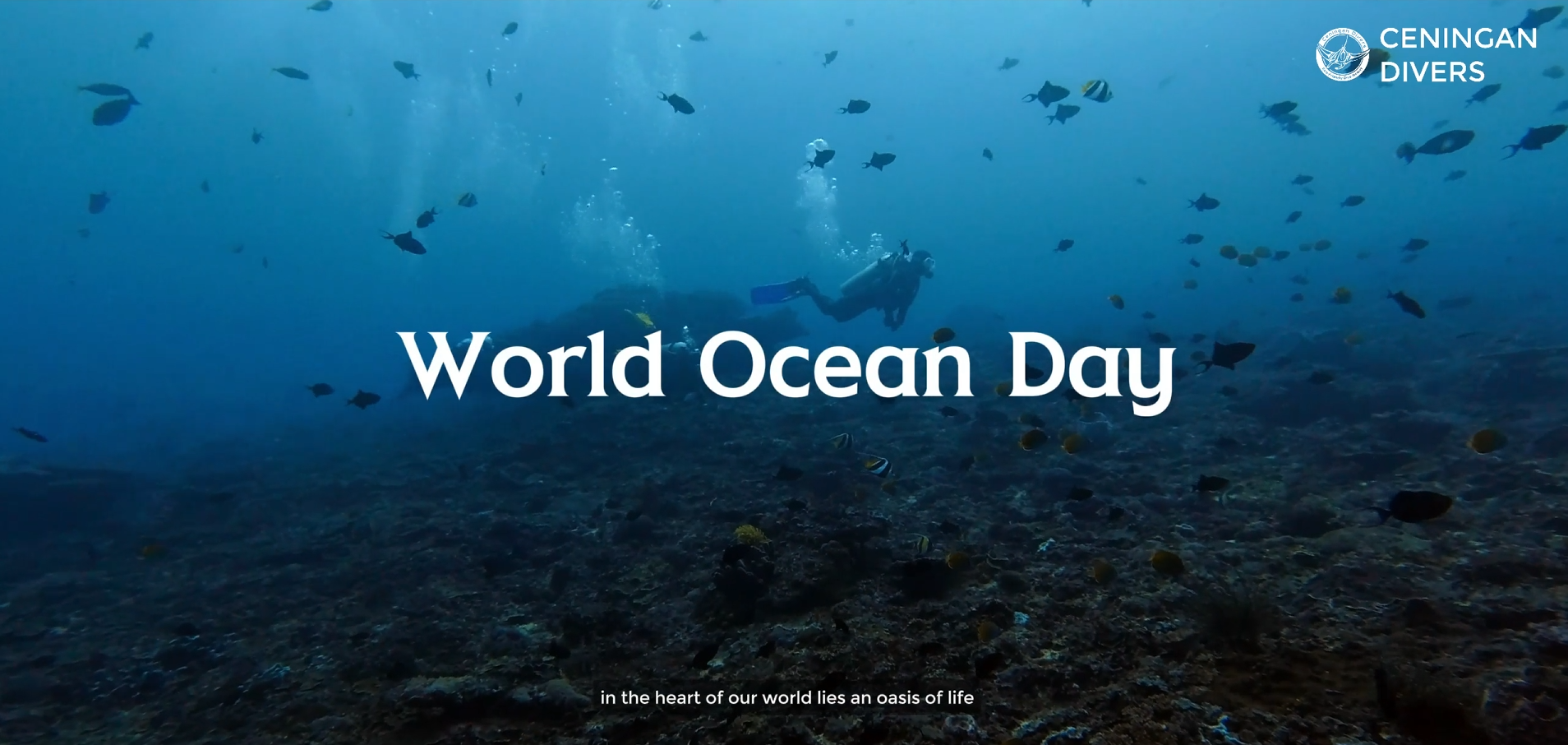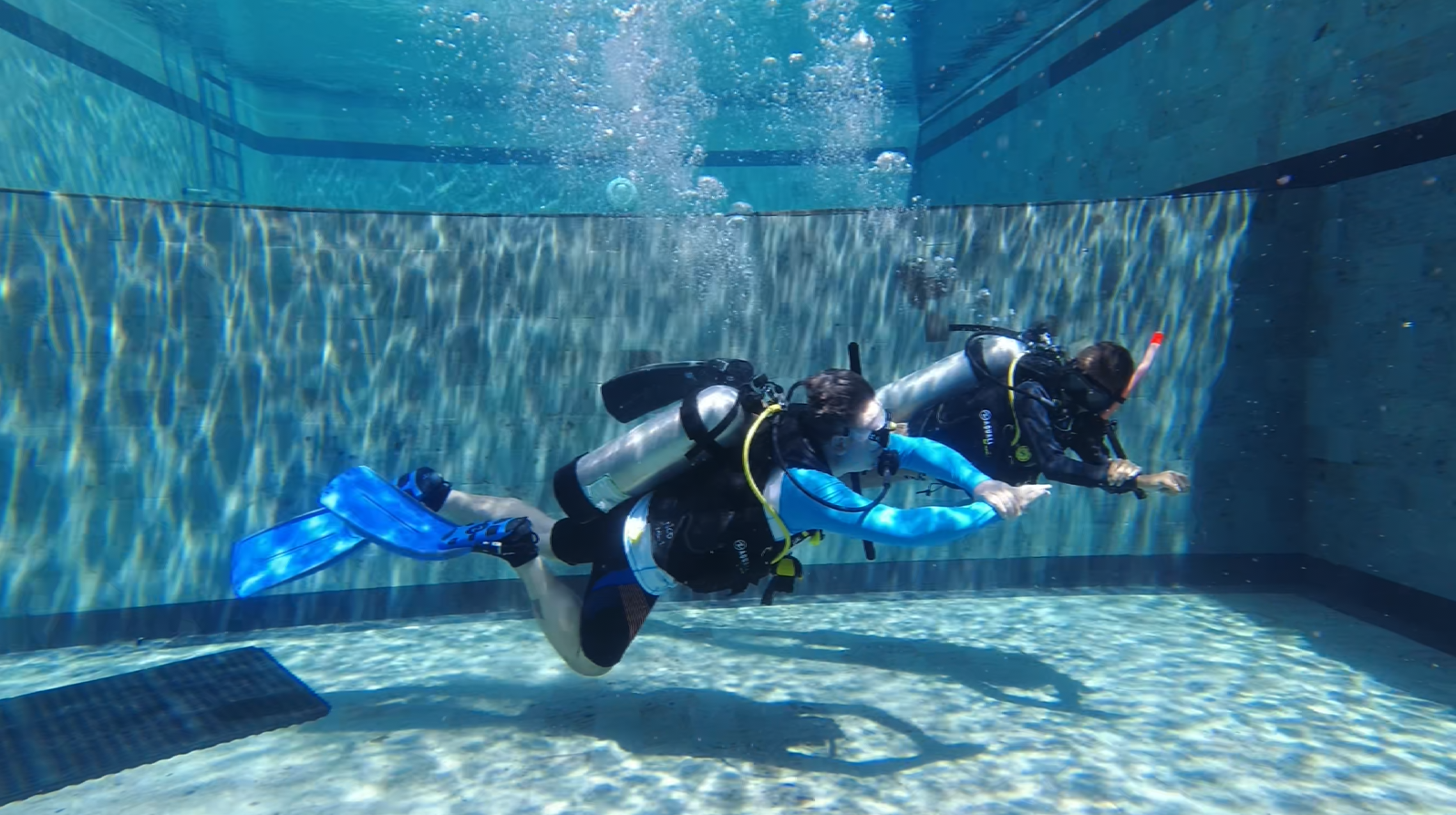La plupart des plongeurs sont conscients des enjeux environnementaux et fervents défenseurs de la conservation des océans. En tant que plongeurs, nous avons eu la chance d’admirer la beauté, la complexité et l’importance des récifs coralliens. Nous avons observé la vie marine et compris combien les océans et les récifs coralliens sont essentiels à notre planète.
Cependant, nous avons aussi été témoins des nombreuses menaces qui pèsent sur ces écosystèmes fragiles. C’est inquiétant pour notre avenir, et profondément triste pour ceux qui considèrent les récifs comme une seconde maison.

Sages paroles de la célèbre biologiste marine Sylvia Earle
L’impact des plongeurs sur le récif
Les plongeurs ne cherchent évidemment pas à endommager les récifs – ce serait compromettre leurs propres futures plongées ! Pourtant, l’inattention humaine peut avoir des conséquences désastreuses sous l’eau. Beaucoup de plongeurs ignorent à quel point les coraux sont sensibles. Le moindre contact peut les stresser, provoquer une infection ou même les tuer.
Le plus grand danger est de casser le corail en le touchant avec ses palmes ou en s’accrochant à une structure fragile. Les coraux grandissent très lentement, et ce qui a mis des décennies, voire des siècles à se former, peut être détruit en une seconde.

Les coraux sont magnifiques mais fragiles. Leur croissance peut prendre des décennies, voire des siècles.
Le simple fait de toucher un corail peut aussi laisser des traces de toxines provenant de crèmes solaires ou d’autres substances que nous utilisons au quotidien.
De plus, un plongeur trop proche du fond peut remuer le sable. Si ce sable se dépose sur les coraux, il risque de les étouffer et de freiner leur croissance.
Alors, comment devenir un plongeur plus respectueux de l’environnement ?
En tant que centre de plongée écoresponsable, nous encourageons nos plongeurs à éviter tout contact avec les récifs. En suivant les meilleures pratiques de Green Fins, nous insistons sur une bonne maîtrise de la flottabilité pour éviter de heurter les coraux ou de perturber les sédiments.
Cependant, pour un plongeur débutant, cela peut être plus facile à dire qu’à faire. Voici 5 conseils pour améliorer votre flottabilité !

Maîtriser sa flottabilité en plongée : plus facile à dire qu’à faire ?
En tant que plongeur, vous apprenez les bases de la flottabilité dans votre cours Open Water Diver. Pourtant, lors de vos premières plongées en mer, vous pouvez avoir l’impression d’être mal à l’aise et instable.
Vous vous sentez obligé de battre des jambes en permanence pour maintenir votre position ? Vous ressentez le besoin de vous accrocher à quelque chose dès qu’un peu de courant apparaît ?
Ces réflexes viennent généralement d’un manque de maîtrise de la flottabilité.
Laissez-nous vous rassurer : la flottabilité demande de l’entraînement. Vous avez peut-être vu votre divemaster flotter sans effort au-dessus du récif. Demandez-lui combien de plongées il a effectuées et comment il a vécu ses débuts.
Voici quelques astuces simples et efficaces qui vous aideront à mieux contrôler votre flottabilité.

Flottez-vous sans effort au-dessus du récif pendant vos plongées ?
1. Réduisez votre lestage
Non, pas besoin de vous mettre au régime ou d’aller courir ! Nous parlons des poids sur votre ceinture de lestage.
L’un des problèmes les plus fréquents chez les plongeurs débutants est une surcharge en plomb.

Les plongeurs portent souvent trop de plomb, ce qui rend leur flottabilité plus difficile à maîtriser.
Lorsque vous êtes trop lesté, vous devez gonfler davantage votre gilet stabilisateur (BCD) pour compenser.
Le problème ? Dès que vous montez légèrement, l’air dans votre gilet se dilate, et vous devenez encore plus positivement flottant. Résultat : vous remontez encore plus vite, avec un risque de remontée incontrôlée si vous ne relâchez pas d’air à temps.
Votre BCD n’est pas un ascenseur ! Si vous faites des allers-retours entre le fond et la surface, il est temps de revoir votre lestage.
Astuce : Demandez à un instructeur ou à un divemaster de vous aider à ajuster votre poids – vous avez probablement besoin de moins de plomb que vous ne le pensez !

Gardez vos palmes à distance du récif et flottez suffisamment haut pour éviter de l’endommager.
2. Apprenez à connaître votre équipement
Votre équipement de plongée a un impact considérable sur votre flottabilité.
✔️ Avez-vous plongé avec une combinaison ?
✔️ Était-ce une combinaison intégrale ou un shorty ?
✔️ Quelle était son épaisseur ?

Plonger avec ou sans combinaison néoprène affecte la quantité de plomb dont vous avez besoin.
Les combinaisons néoprène augmentent la flottabilité, surtout lorsqu’elles sont neuves ! Plus elles sont épaisses, plus vous aurez besoin de plomb.
Autre facteur : les bouteilles en acier vs en aluminium. Les bouteilles en aluminium sont plus légères que celles en acier, ce qui affecte votre flottabilité, surtout en fin de plongée.
3. Tenez un carnet de plongée
Pourquoi tenir un logbook ?
Parce qu’il vous permet de suivre vos progrès et d’améliorer votre flottabilité plus rapidement !

Notez non seulement les poissons que vous avez vus, mais aussi votre lestage et votre équipement.
Notez après chaque plongée :
✅ Combien de plomb avez-vous utilisé ?
✅ Quel type d’équipement portiez-vous ?
✅ La température de l’eau ?
Si vous ne plongez qu’en vacances, ces informations seront précieuses pour vous ajuster plus rapidement lors de votre prochaine plongée.
4. Restez horizontal et améliorez votre technique de palmage
Les débutants ont tendance à bouger les bras sous l’eau – mais cela ne sert à rien en plongée !

Utilisez vos palmes, pas vos bras, pour vous déplacer sous l’eau.
De nombreux plongeurs débutants restent en position verticale et palmage vers le bas, ce qui :
❌ Augmente le risque de heurter les coraux
❌ Vous pousse involontairement vers la surface
Solution ? Pratiquez une position horizontale et adaptez votre palmage.

5. Suivez le cours Peak Performance Buoyancy
Si vous souhaitez vraiment améliorer votre flottabilité, le PADI Peak Performance Buoyancy Specialty Course est parfait !
Dans ce cours, vous apprendrez à :
✅ Déterminer la quantité exacte de lest dont vous avez besoin
✅ Optimiser votre équipement pour une meilleure flottabilité
✅ Réduire votre consommation d’air
✅ Flotter sans effort, en position verticale ou horizontale

Entraînez-vous d’abord en piscine avant de plonger en mer.
Soyez un plongeur respectueux de l’environnement !
Une bonne flottabilité vous permettra de profiter pleinement de vos plongées, d’économiser votre air, et de protéger les récifs coralliens.
Plongez avec conscience, appliquez les meilleures pratiques et aidez à préserver les océans !


